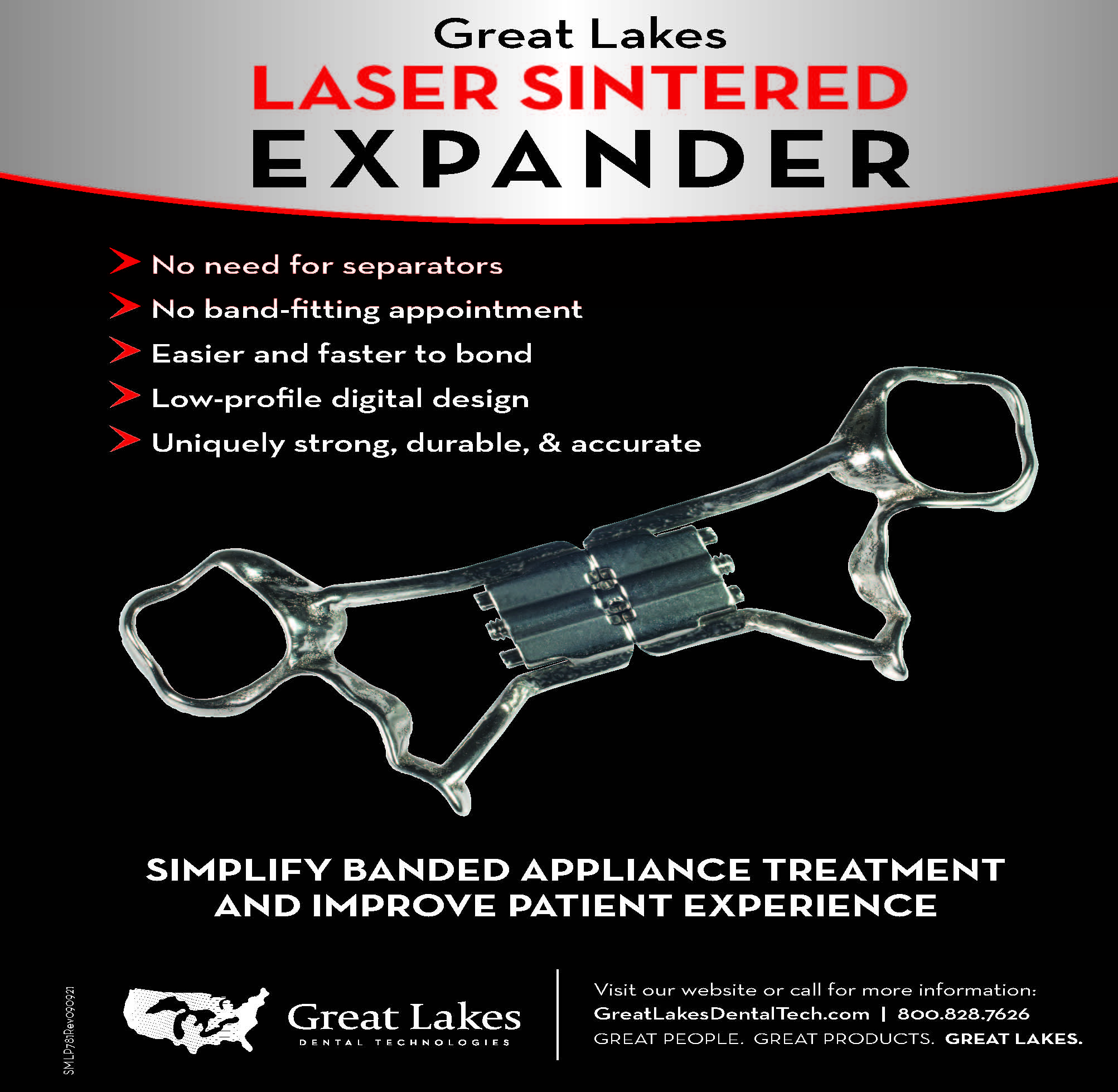Since its inception in 1981 (the year I graduated from dental school), the biennial JCO Orthodontic Practice Study has been among our most frequently cited regular features. I have presented the results of the survey at several AAO annual sessions, and when I consider the wide variety of topics on which I have spoken over the same time period—from cleft-palate infant care to the psychological and behavioral outcomes of orthodontic treatment—my presentations on the results of our Practice Studies have always drawn the largest crowds. As I have remarked before, it is obvious from a speaker’s perspective that practicing orthodontists are much more curious about what their colleagues across the country are doing in their day-to-day practices than they are about some esoteric scientific topics. Indeed, this is the only topic I have specifically been asked to talk about.
The 2021 Practice Study was conducted in a unique environment. Never before have we surveyed orthodontists in the middle of a global pandemic; I hope we never have to do so again. But the data collected for the present survey were derived from the calendar year 2020, thus reflecting the full brunt of pandemic shutdowns and slowdowns. Presented in this issue are the results pertaining to trends in practice activity, years in practice, fee policies, management methods, delegation, practice-building methods, sources of referrals, and practice busyness.
With regard to practice activity, the pandemic resulted in the greatest percentage decreases in gross income, operating expenses, and net income we have seen since our biennial surveys began in 1981. It should be noted, however, that while the economic declines relative to our immediate pre-COVID Practice Study (2019) are undeniable, the income levels remained above those seen in the 2017 Study. The pandemic clearly had a negative impact on orthodontic practice, but those negative effects were not nearly as disastrous as in other industries and segments of the economy. The median number of active cases actually increased slightly—perhaps because some patients could not be finished as originally scheduled due to office closures. I was also encouraged to note that our respondents were clearly optimistic about their capacity to bounce back from this challenging period. Orthodontists are not only an optimistic bunch; we would have to say that they are also very tough and resilient.
Similar articles from the archive:
- THE EDITOR'S CORNER The 20th JCO Orthodontic Practice Study October 2019
- THE EDITOR'S CORNER Anticipating the Puck December 2017
- THE EDITOR'S CORNER Delivering a Positive Message December 2015
As always, we had a number of interesting, sometimes unexpected findings. One of the most positive, to my mind, was that the percentage of female respondents (32%) was the highest ever. Throughout my 40-year career in academic orthodontics, I have strongly supported increasing the number of women in orthodontics and in orthodontic training programs, so this was particularly satisfying to me. One item that I found rather surprising was that the percentage of sole proprietorships, as opposed to professional corporations, was the highest ever. I would have guessed just the opposite. Another surprising result was that the percentage of respondents who reported being too busy was the highest ever (although still only 7%).
Once again, I would like to thank the hundreds of practicing orthodontists who took the time to respond to our online questionnaire. I encourage any of our readers who are interested in what their colleagues around the United States are doing, in comparison with their own practices, to read the much finer details in the pages that follow. In our November and December issues, we will focus on the factors that seem most related to practice success and practice growth. Since both of those topics are near and dear to practicing orthodontists’ hearts, I would expect our readers to find the upcoming results to be quite interesting as well.
RGK



COMMENTS
.